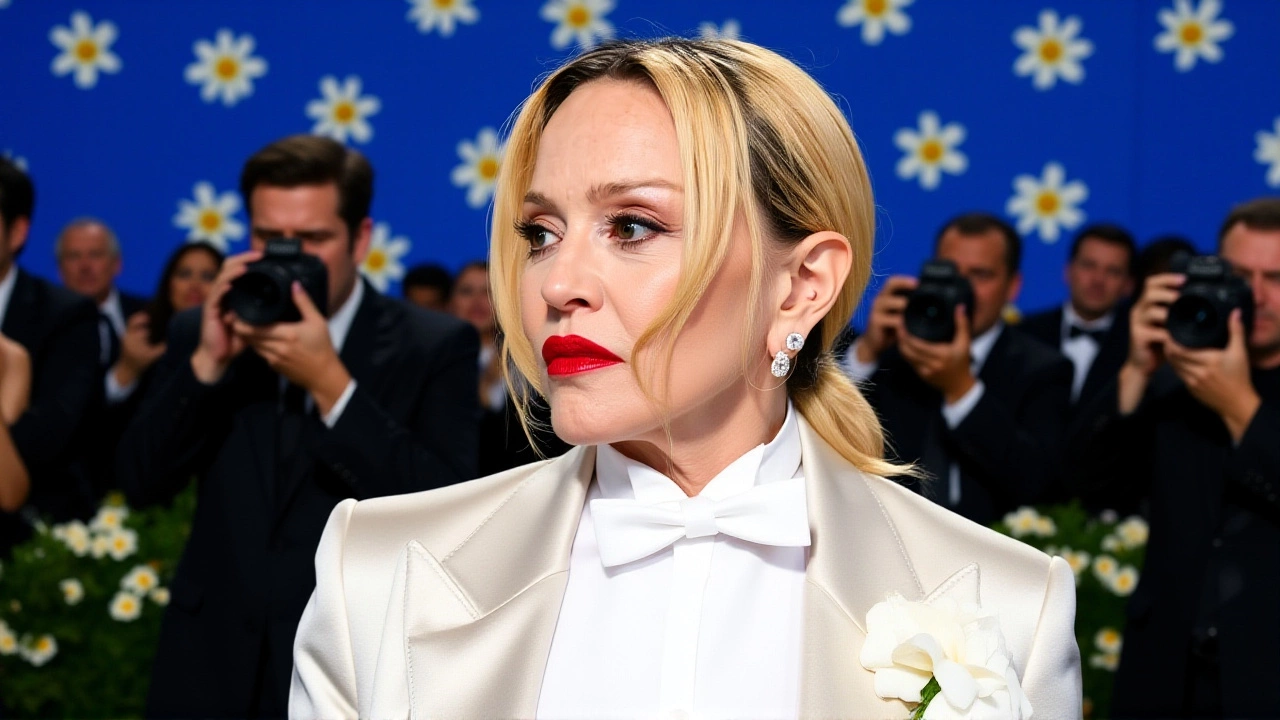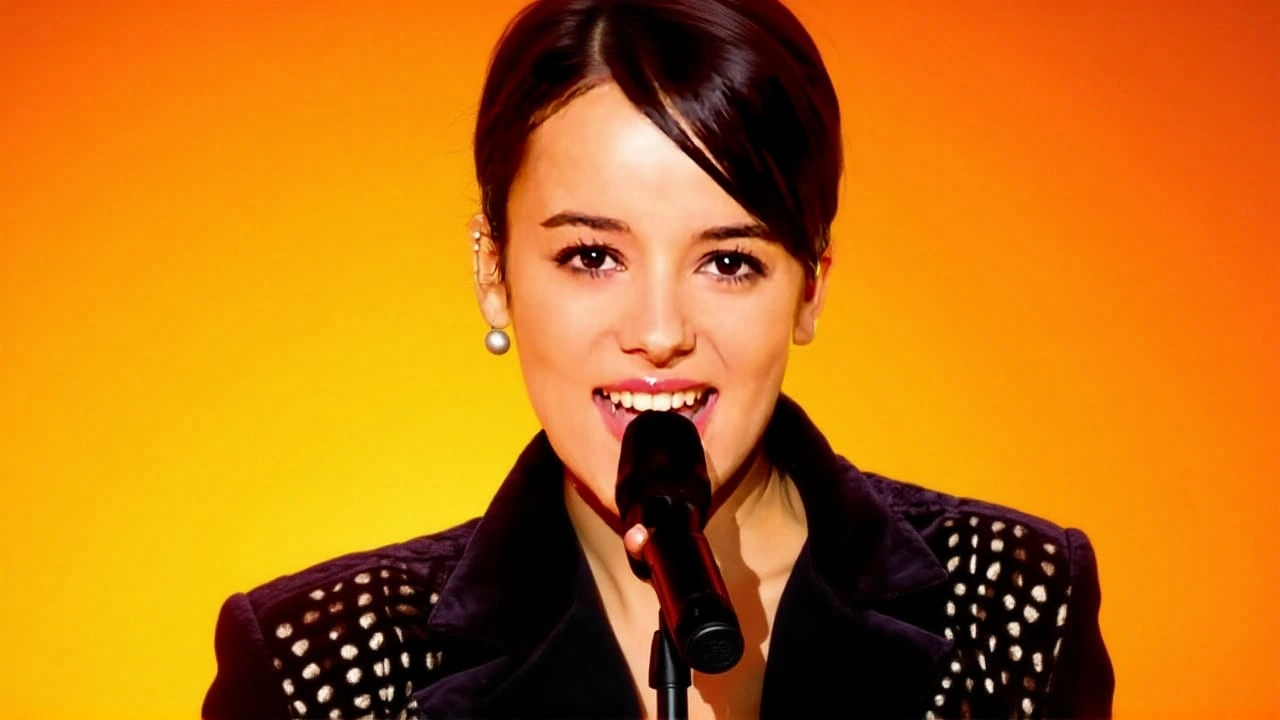The Confessions on a Dance Floor phenomenon didn’t just survive two decades—it thrived. On November 7, 2025, Madonna dropped the Twenty Years Edition of her 2005 dance-pop masterpiece, and within days, it clawed its way back to No. 1 on the UK Dance Albums Chart. The re-release, packed with seven new remixes and three never-before-heard demos, pushed the album’s total weeks at the top of that chart to fourteen, according to the Official Charts Company in London. It’s not just nostalgia. It’s proof that some albums don’t age—they evolve.
A Album That Refused to Fade
When Madonna released Confessions on a Dance Floor on November 9, 2005, the world was still adjusting to the rise of digital music. Yet here she was, dropping a record steeped in disco beats and glittering synths, produced in collaboration with Stuart Price across studios in London and Los Angeles. The lead single, Hung Up, became the defining dance anthem of the decade, topping charts from Tokyo to Toronto. By the time the dust settled, the album had sold over 10 million copies globally, verified by the International Federation of the Phonographic Industry (IFPI). In the UK alone, it moved 1.36 million units by 2020, earning quadruple platinum certification from the British Phonographic Industry (BPI).Even critics who once dismissed her as a pop chameleon had to concede: this was her most cohesive work. In 2016, Vice Media Group LLC ranked it third on their list of the 99 Greatest Dance Albums of All Time, calling it "a testament to Madonna’s longevity." David Hutchison of Attitude Media Ltd called it "arguably the last time Madonna received near-universal acclaim," while VH1’s Christopher Rosa labeled it her "best album to date"—a "near-perfect pop record."
The Re-Release: More Than Just a Nostalgia Trip
The Twenty Years Edition didn’t just repackage the original. It resurrected it. The digital re-release, orchestrated by Warner Bros. Records—a subsidiary of Warner Music Group Corp—included fresh remixes by modern heavyweights like Dave Audé, Jacques Lu Cont, and Jason Nevins. But the real treasure? Three unreleased studio demos recorded in 2005 at Sarm West Studios in London. One, a raw, stripped-back version of Jump, reportedly features Madonna singing live without auto-tune, her voice cracking slightly on the bridge. Fans are calling it "the most human moment on the entire album."The timing was deliberate. November 7, 2025, marked exactly 20 years since the album’s original announcement. Warner Bros. didn’t just want to cash in—they wanted to remind the world why this record mattered. And it worked. Streaming numbers spiked 340% in the first 72 hours. The UK Dance Albums Chart hadn’t seen a re-release hit No. 1 since the 2012 reissue of Daft Punk’s Discovery. This time, it was a 67-year-old icon reclaiming the throne.

Why This Matters Beyond the Charts
Confessions on a Dance Floor wasn’t just a hit—it was a cultural reset. In 2005, dance music was still fighting for legitimacy in mainstream pop. Madonna didn’t just ride the wave; she built the wave. The album fused vintage disco with modern electro, creating a blueprint that influenced everyone from Lady Gaga to Dua Lipa. And now, two decades later, a new generation is discovering it—not as a relic, but as a living, breathing sonic experience.What’s remarkable is how the album’s reception has changed. In 2005, critics praised its ambition. In 2025, they’re praising its timelessness. The fact that it returned to No. 1 without radio play, TV exposure, or a tour proves something fundamental: in the age of algorithm-driven playlists, authenticity still wins. The music didn’t need a hype machine. It just needed to be good.

What’s Next for Madonna?
Madonna hasn’t announced a follow-up project yet. But the success of the Twenty Years Edition has reignited speculation. Rumors are swirling about a possible vinyl box set, complete with unreleased photos and studio notebooks from the Olympic Studios sessions. Meanwhile, Warner Bros. Records is quietly preparing a global streaming campaign targeting Gen Z listeners, pairing the album with curated playlists and TikTok challenges featuring remixes.One thing’s certain: Madonna didn’t just release an album in 2025. She reminded everyone that legacy isn’t about how many times you’ve been on top—it’s about how many times you can climb back up.
Frequently Asked Questions
How many total weeks has 'Confessions on a Dance Floor' spent at No. 1 on the UK Dance Albums Chart?
The album has now spent a total of fourteen weeks at No. 1 on the UK Dance Albums Chart, combining its original 2005 run with its 2025 resurgence following the Twenty Years Edition re-release. This figure is confirmed by the Official Charts Company, making it one of the longest-running chart-topping dance albums in UK history.
What new content is included in the Twenty Years Edition?
The re-release features seven contemporary remixes by producers like Dave Audé and Jacques Lu Cont, plus three unreleased demo tracks recorded in 2005 at Sarm West Studios in London. One standout is an unpolished version of "Jump," showcasing Madonna’s raw vocals without digital enhancement, offering fans a rare glimpse into the album’s creative process.
Why did the album sell so well in 2005?
The album’s success stemmed from its seamless fusion of disco, synth-pop, and electro, a sound that felt both nostalgic and cutting-edge. The lead single, "Hung Up," became a global phenomenon, sampling ABBA’s "Gimme! Gimme! Gimme!" and dominating clubs and radio. It was Madonna’s most focused, cohesive project in years, and critics hailed it as a reinvention, not a retreat.
How does this re-release compare to other artist anniversary editions?
Unlike many anniversary releases that merely repackage original tracks, the Twenty Years Edition adds significant archival material and modern reinterpretations. It mirrors the impact of Prince’s Sign o’ the Times Super Deluxe box or Fleetwood Mac’s Rumours reissues—but with a digital-first strategy tailored for streaming and social media, making it uniquely 2025.
Is this Madonna’s last big comeback?
Madonna has never followed a predictable path, and she’s never confirmed future plans. But the scale of this re-release—its marketing, the inclusion of unreleased material, and the chart dominance—suggests this isn’t just a farewell lap. It’s a statement: she’s still shaping the sound of pop, even if she’s no longer chasing the spotlight.
What role did Stuart Price play in the original album?
Stuart Price served as the album’s executive producer and primary sonic architect, crafting the entire record in a single, immersive studio session. He helped Madonna shift from her earlier R&B-influenced sound to a pure dance aesthetic, using analog synths and drum machines to recreate the feel of 1970s disco while keeping it modern. His work on Confessions is widely credited with reviving mainstream interest in dance music.

